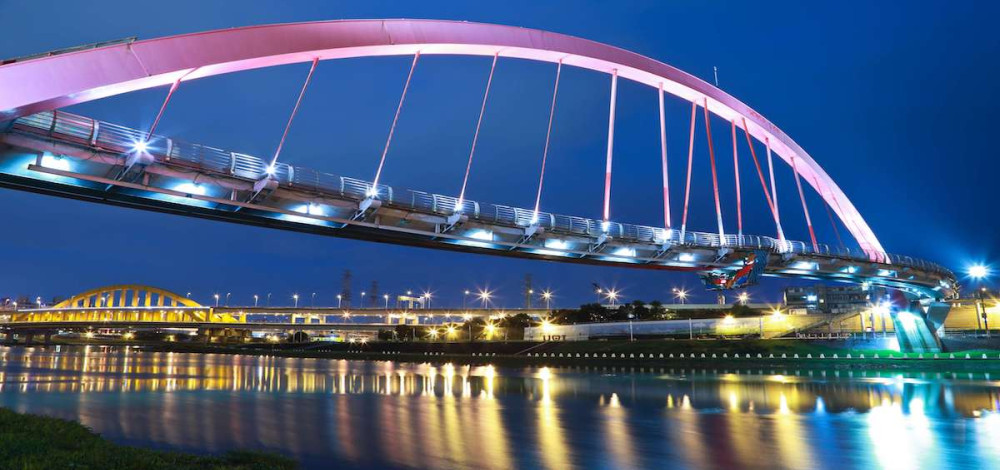Recently, I read a breathlessly written news article about how an autonomous vehicle had been involved in an extremely unfortunate accident that resulted in injuries. The reader of that article could be forgiven for thinking that the vehicle caused the accident. What actually happened was a (regular) car driven by a human ran a red light and hit a second car, which then struck the autonomous vehicle.
Focusing on the wrong thing is a disservice to our audience. Let’s start discussions from a far different vantage point.
Unintended Consequences
Amazon is rolling out a service where deliveries are deposited in the trunk of your car (doesn’t strike me as a good idea in practice, but…). Couple this with the autonomous vehicle, and we get greater congestion on the road. Imagine wanting Thai food for dinner (now I’m getting hungry) but you simply can’t be bothered to pick it up from the restaurant yourself. Send your car to pick up dinner—the restaurant staff can simply place your order in the car and it would wind its way home.
Let’s take the idea a step further. It’s the Super Bowl. There have been studies showing the impact to the water systems and plumbing infrastructure in major cities during the game’s commercial breaks. It’s something else. Now factor in hundreds of thousands of autonomous vehicles heading out to pick up pizza, wings and beer.
The law of unintended consequences is simply tenting its fingers and laughing maniacally from its box seats.
I heard about the law of unintended consequences from Andy Ellis, CSO for Akamai Technologies, who heard Zack Seward, senior vice president of product and executive editor of Quartz, put this idea forward at the Future Assembly 2018 conference.
I was amazed at the simplicity of the problem. We tend to obsess on the myopic points of discussion—a self-driving car being involved in an accident when it was a tertiary participant—but miss the wider picture that is the forest—the collective impact these vehicles will have.
Now factor in hundreds of thousands of autonomous vehicles heading out to pick up pizza, wings and beer.
How is this a security issue you might ask? Availability is a key pillar (and no, not talking about the triad) but, if a system is unavailable for whatever reason there could be significant impact. This could range from monetary loss at one end of the spectrum to risk to life and limb at the opposite end.
We Need a Plan
The infrastructure of the United States, with its crumbling bridges and highways that are ill-suited to handle additional load, will somehow have to bear an influx of these vehicles and transport trucks on top of traditional combustion vehicles in the not-too-distant future.
I recall driving over the old Cooper River bridge in South Carolina as a passenger, with a glass breaker in the center console and life jackets in the backseat. That bridge has since been replaced, but, imagine another span like that with autonomous vehicles adding to the load.
The problem is simple on the face of it as to how lack availability can have a security impact. This is something that we can prepare for if we start to plan yesterday. The oft-maligned foundational triad of Confidentiality, Integrity and Availability gets this problem:Availability will be a serious issue when law enforcement, fire & rescue, or ambulances attempt to negotiate a traffic jam consisting of regular vehicles and the automated variety.
The big picture is often something hard to see among the trees, but we need to stop getting wrapped around the axle of the small fender benders and look to the longer road trips.

